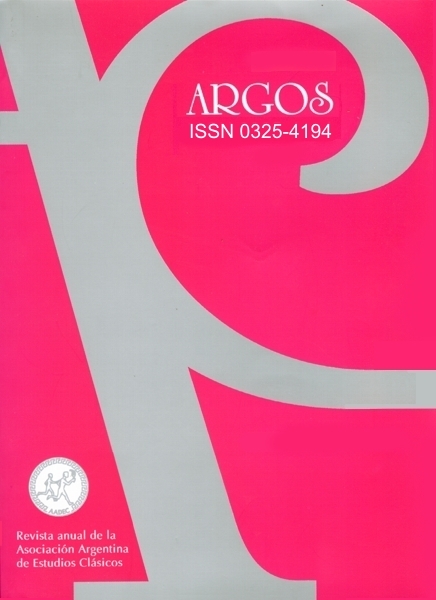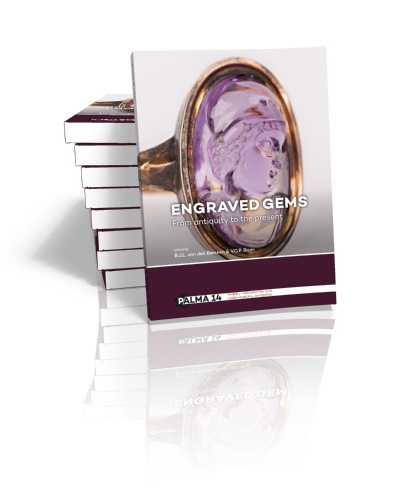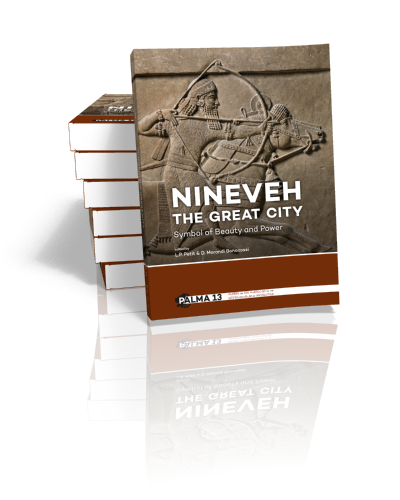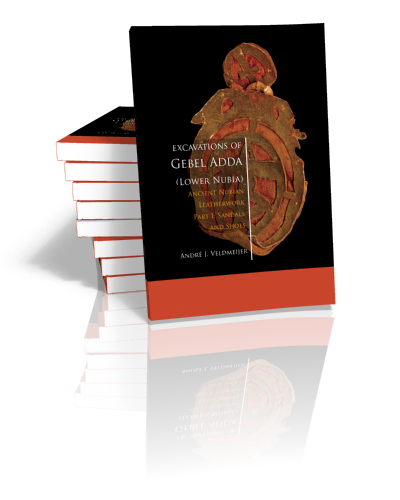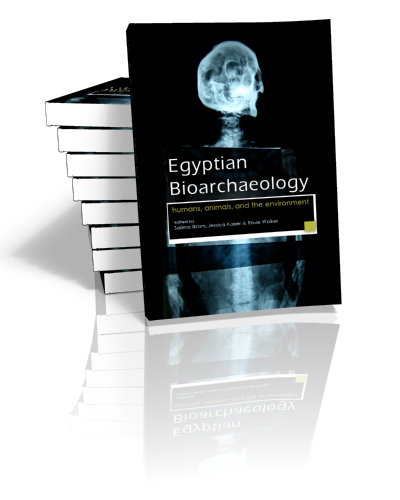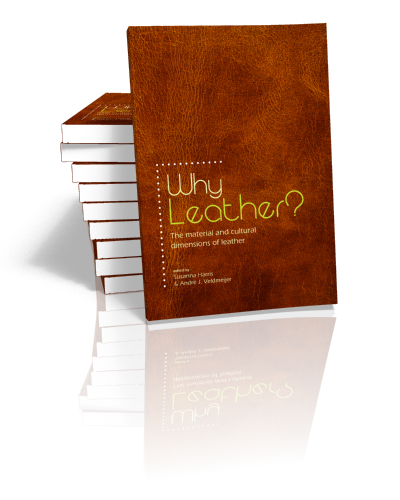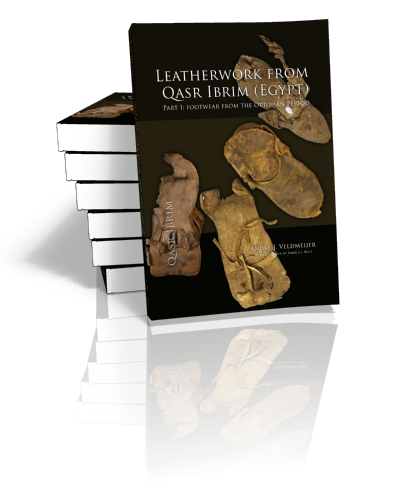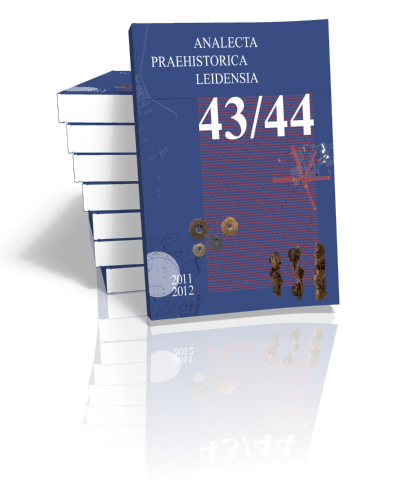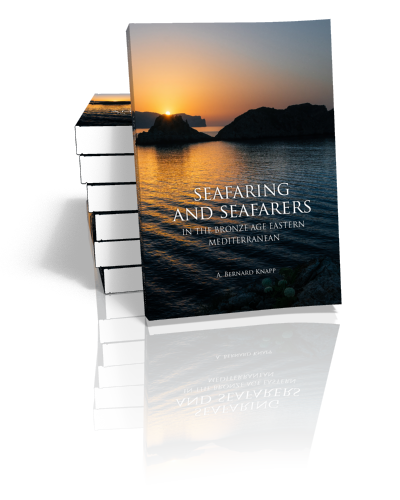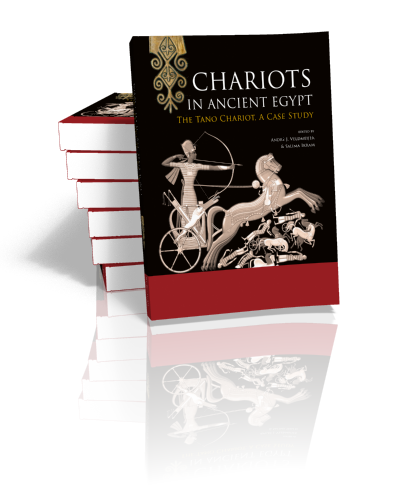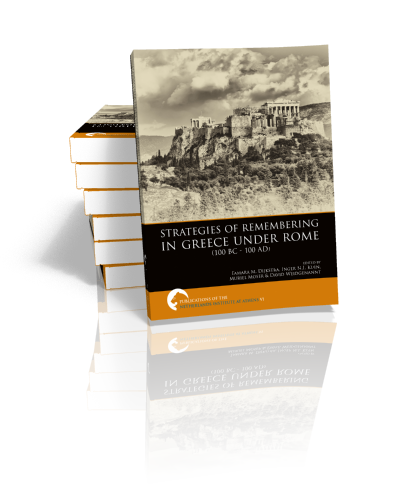ΠΗΓΗ/FONS: Revista de estudios sobre la civilización Clásica y su recepción
EISSN: 2445-2297
EISSN: 2445-2297
Fundada en 2016 ΠΗΓΗ/FONS es una revista electrónica de periodicidad anual editada por el Instituto de Estudios Clásicos sobre la Sociedad y la Política "Lucio Anneo Séneca" (UC3M). PEGE publicará artículos, notas, discusiones y reseñas de filosofía, filología clásica, historia antigua y teoría política clásica, prestando especial atención a la recepción del legado clásico en la tradición posterior
ΠΗΓΗ/FONS Vol. II
Tabla de contenidos
Descargar ΠΗΓΗ/FONS
Artículos
Reseñas bibliográficas
Revisores
ΠΗΓΗ/FONS Vol. I
Tabla de contenidos
Descargar ΠΗΓΗ/FONS
Presentación
Ensayos
Reseñas bibliográficas
Obituarium

